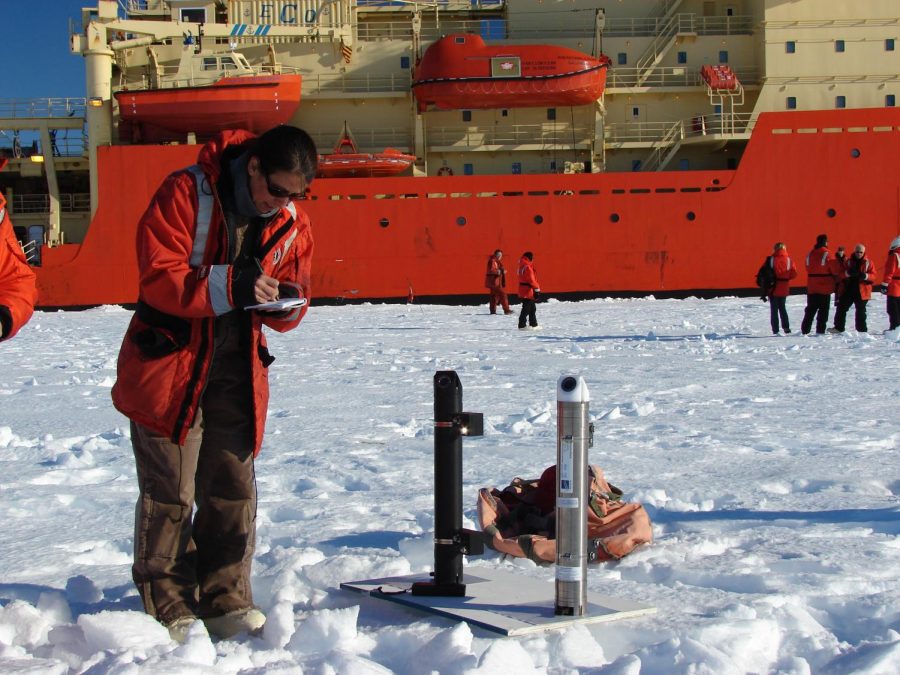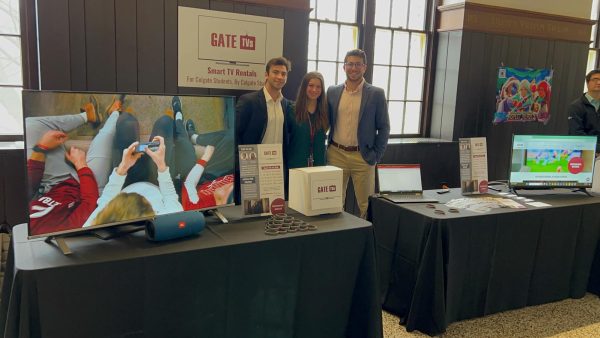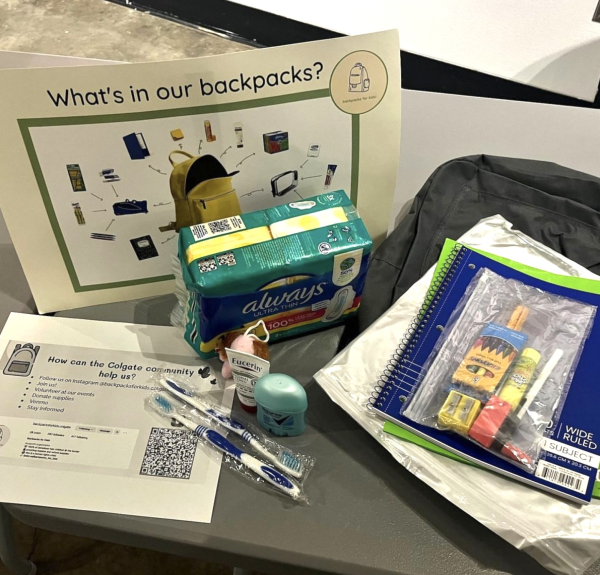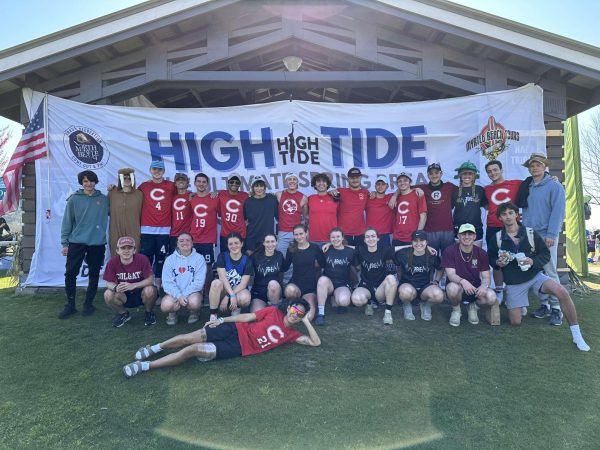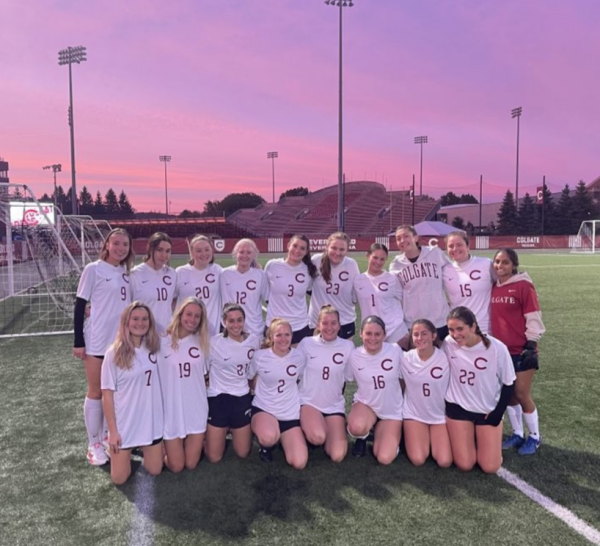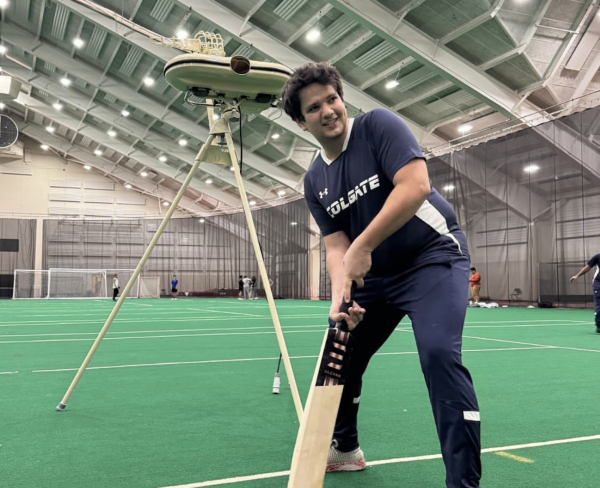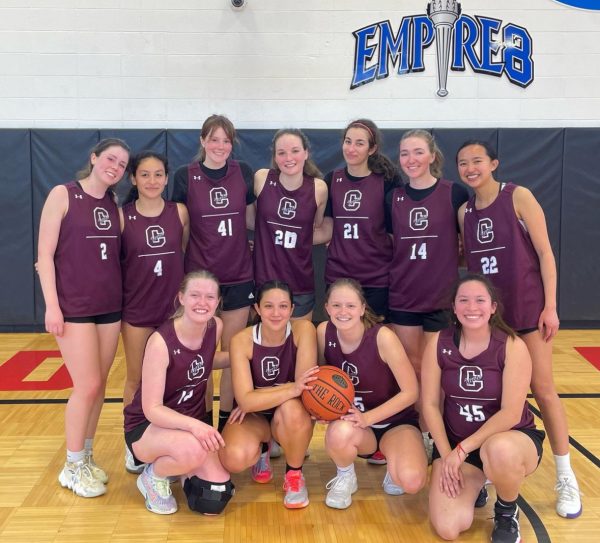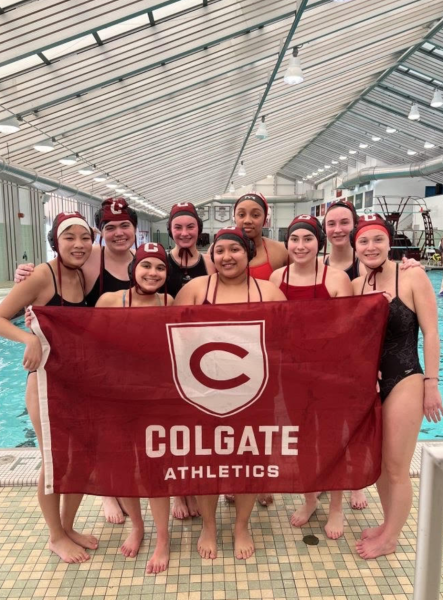Amy Leventer: Igniting Actionable Change in the Arctic
In the small town of Hamilton, N.Y., which is surrounded by rolling hills, fields of cows and horses, forests, lakes and ponds, it is easy to forget about the world outside of our bubble. The broader environment outside this microcosm is increasingly threatened by global warming. Amy Leventer, Professor of Geology at Colgate, has witnessed the first-hand effects of climate change through her dedication to researching deglaciation in the Arctic.
“I try to understand how Antartica loses ice and I do that by studying the last time that Antarctica lost a lot of ice, which was maybe between 10 and 15,000 years ago. I study this in different areas of Antarctica to see if there are different rates of ice lost in different areas. I try to estimate how much that might impact sea level. Then, I use that information to apply it to the modern day to try to understand two big questions: how much [ice is melting] and how fast?” Leventer explained.
Through this research, Leventer works to provide actionable recommendations within the ever-pressing issue of sea level rise. She focuses on human time scales in which the past sea level has changed or risen significantly on a time scale of hundreds of years. So, Leventer looks to the past to help inform the suggestions for the future to adequately prepare for and prevent environmental disasters associated with a warming climate.
With a passion for the outdoors and environmental research, Leventer has never been afraid to step out of her comfort zone and try something new.
“When I was in college, I did a whole bunch of research projects and just tried a bunch of things out. Most of them were things that seemed more interesting than when I did it. I was like ‘okay, well this isn’t exactly what I thought it was.’ Then, in my last year I started working on a project with climate scientists; I loved it. I felt like no matter how tiny my project was, it fit into a really big picture to understand how climate works and how climate changes,” Leventer explained.
After participating in this research project, Leventer’s interest in the intricacies of climate change was magnified. She went to graduate school and eventually became involved in another project focused on understanding how North America went through deglaciation following the ice age millions of years ago.
“I tried to understand at that time how quickly ice was lost in North America and where [all the water went]. That kind of hooked me on that as a process. I actually have been studying deglaciation ever since,” she said.
Leventer has devoted herself to the study of deglaciation since the late 1970s and has earned herself a front-row seat in the research process as a leader and mentor in her field.
“The last time I was in Antarctica was in January [of] 2020. I was there for a month and I was working with a lot of different countries. In this specific case I was working with the Spanish. Before that I had a project in December of 2018 through January of 2019, that [involved] hot water drilling a hole through the west Antarctic ice sheet to access a lake that exists between the bedrock and the overlying ice.”
The environment is a complex, interconnected system. In Antarctica, there is a whole network of lakes and flow paths between lakes that makes the work that Leventer does all the more complex as she uncovers the intricacies of the Arctic environment.
“The main thing I was working to contribute was looking at sediments that collected in the lake and using the ages of fossils to tell me the last time the lake was overlain by ice. You won’t get any photosynthetic organisms living in a lake that is covered by a mile of ice.”
One of the most important things when conducting research, Leventer explained, is to make sure that the process is clean, ethical and not invasive to the local land that has yet to be touched by humans.
“We did not want to contaminate the lake with ourselves,” Leventer explained. “So we did three things: 1) every instrument that was put down the hole was bathed in peroxide to kill anything living on it, 2) if that was not enough, we had every instrument that went down the hole bathed in ultraviolet light, which was very strong, and 3) we had to wear Tyvek suits and gloves when handling any sample we collected to keep our genetics off of it.”
Although Leventer has already done so much to discover actionable ways to reduce deglaciation and mitigate the effects of climate change, she continues to encourage others with a shared passion for her research to take on a hands-on role.
“I love bringing students to Antarctica or finding an opportunity for them to go to Antarctica. I have one former student who will be going to Antarctica in about a month on a research cruise. She is a graduate student now at SUNY Binghamton, working with a former Colgate student of mine who is a professor at SUNY Binghamton. So that’s really great — continuing the legacy!”
Leventer does not shy away from imparting wise advice to those younger than her as through the years she has become very aware of what it is she believes students need to learn. She advises students to take a step back from all the details and really think about the big picture.
“I want students to understand that there are facts that support the science and that the science really matters. It is very easy to get caught up in some kind of passion for sustainability, but not actually have solutions to the problem,” Leventer said. “So my job [as a professor] like in [my] oceanography [course], is to say ‘okay, here are the problems, now let’s come up with the solutions.’”
Leventer’s determination for an actionable solution is what makes her such an inspiring professor.
“My job as a professor is to try to get students to understand that we have this huge problem breathing down our necks, but we are not powerless. We can do things. This is happening over a time scale that we can work with. So I hope that everybody does something with it,” Leventer encouraged.
Additionally, Leventer encourages students to vote as a step towards enacting change and protecting the environment for future generations to come.
“Voting, for example, is one of the most important things students can do. Do not forget to vote. Not voting is voting for somebody else. Remember that all these [environmental] issues that we face are fact-based and they are not political. Sea level rise does not care if you are republican or democratic, so just go back to the science,” Leventer said.
She also wants to motivate students to step outside of the Colgate bubble and reflect on the turmoil that is occurring around the world due to various environmental disasters.
“Remember that we are all part of this super interconnected world and we have a responsibility for more than just ourselves. It is easy to become complacent when we do not experience the direct effects [of global warming] — we are not being flooded, we do not have extra hurricane activity right here — so it is easy to forget that there is a lot of misery in the world.”
While it may feel daunting to feel the need to tackle all these issues at once, Leventer said to choose one.
“You can’t do everything — you can’t carry the weight of the world on your shoulders. Pick something that you really feel is important and do what it is you can.”
While you may not choose to take a research trip to the Arctic like Leventer, you can take concrete steps in your day-to-day life to protect the environment. Which route will you choose?


